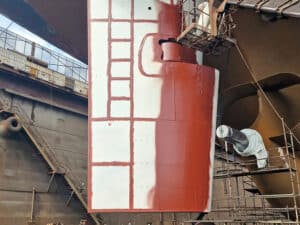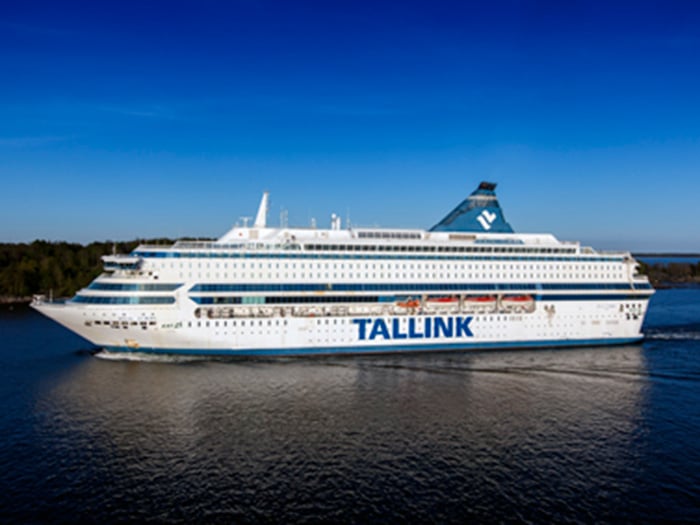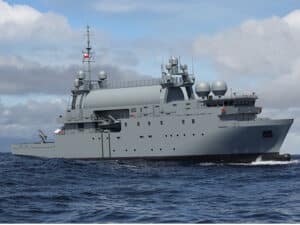
Tallink cruise ferry set for total propulsion control makeover
Written by Nick Blenkey
otal upgrade of Tallink cruise ferry's propulsion control system will bring big fuel and CO2 savings.
Since September 2022, Estonian operator Tallink’s largest cruise ferry, Silja Europa has been chartered out to the Netherlands and used to house migrants and refugees. Normally, the vessel operates on the Baltic Sea between Helsinki, Finland, and Tallinn, Estonia, and a technical review made in preparation to bring the vessel back into regular traffic has resulted in a decision to replace the complete existing propulsion control system with up-to-date technology.
As a result, Västerås, Sweden, based Qtagg has been awarded a contract for a total upgrade of Silja Europa’s propulsion control system, that will decrease the ship’s fuel consumption by 6% and CO2 emissions by 2,096 tons yearly. The overhaul includes engine speed governors, fuel rack actuators, pitch control and voyage optimization with Qtagg’s EcoPilot solution.
Qtagg will supply the EcoPilot voyage optimization system, with interfaces both at the bridge and in the control room; four DEGO IV engine governors; four ASAC actuators with control units; two pitch control units and the ancillary equipment needed for a complete and integrated installation.
The governors will be installed in the engine control room, replacing existing Woodward control units. The governors are connected to an application server and a system that visualizes fuel consumption and provides detailed logging.
The actuator control units will be mounted in the engine room, while the pitch control units are installed in the existing pitch control cabinet, replacing the current analog rack.
EcoPilot provides the captain with exact control over the arrival time, while saving fuel in a predictable manner. The expected fuel consumption for a voyage is automatically calculated beforehand, based on the desired arrival time, selected route and current weather reports. In the voyage planning process, the captain will know how much fuel will be consumed to bring the ship to its destination and can choose to adjust the arrival time or to depart earlier in order to optimize fuel savings.
The fuel savings are estimated to be about 6%, in line with savings recorded on Tallink Isabelle, where EcoPilot is already installed. The fuel savings are achieved through optimized propulsion, based on the collection and processing of large amounts of data, including real-time weather forecasts, sea state and ship data. Once the captain has selected a route it is executed through the propulsion control system, and the optimal propeller speed and pitch position is applied over the complete course of the voyage.
The expected annual CO2 reduction for Silja Europa is 2,096 tons, which will contribute to a lower EU ETS cost in the future and a better CII rating for the ship.




